What We Talk About When We Talk About Foreign Policy
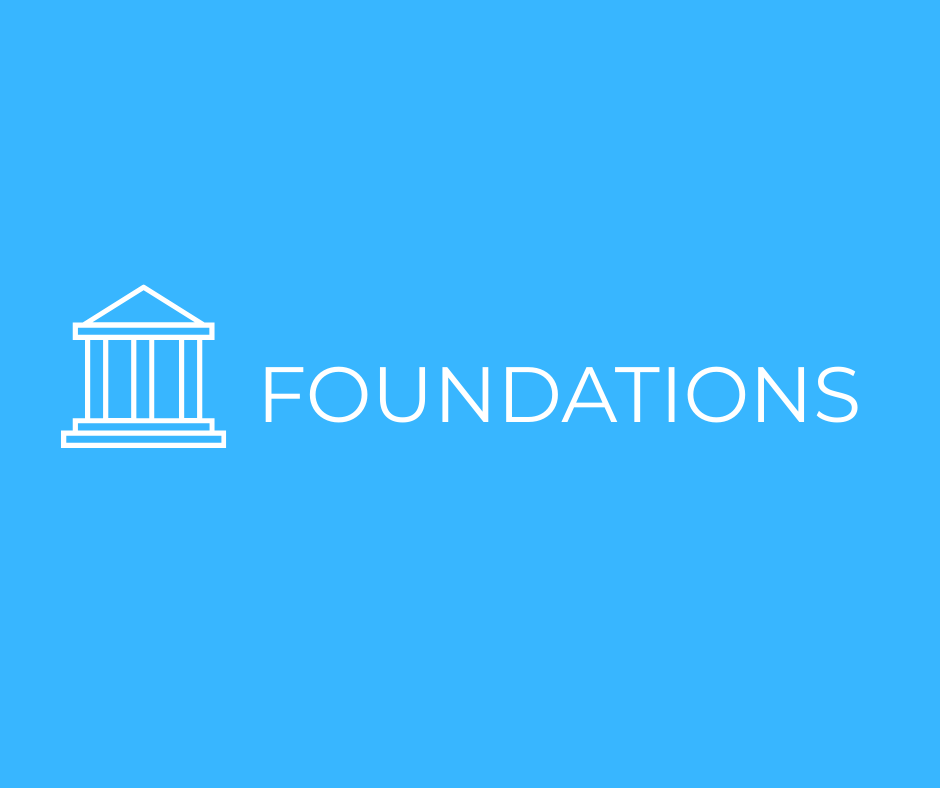
Hi friends,
Welcome to the very first installment of Foundations! My goal with this monthly series is to unpack some of the basics of foreign policy—to lay the groundwork to help us understand what we’re seeing in the news or on social media about international affairs, and to better advocate for what we want foreign policy and international cooperation to look like as we navigate our current era. With that framework in mind, I want to spend today thinking broadly about what we mean when we talk about foreign policy.
At its most basic level, foreign policy is what we call the various ways a state navigates its relationships with other states, groups of states, and international organizations. This encompasses both a state’s goals and the tools it uses to accomplish those goals. If the goal is the widespread elimination of forced labor, for example, the tools to work toward that goal might include things like sanctions, import restrictions, and signing onto joint statements with likeminded countries. We’ll look at some of the tools states use in specific detail as we continue together, but for today, we’re widening the aperture to consider some of the broad categories of things states seek to accomplish through foreign policy. Those categories include:
1. Promoting peace and security and preventing disputes from escalating into armed conflicts.
One of the most quoted lines about U.S. diplomacy is the 2013 statement made by General Mattis to Congress, when he said, “If you don’t fund the State Department fully, then I need to buy more ammunition ultimately.” This highlights one central aim of foreign policy, which is to prevent disagreements between or within countries from deteriorating into the use of military force. Sometimes the states involved in the dispute negotiate between or among themselves; other times, third parties attempt to broker peace between different factions. (The Association of Southeast Asian Nations played a role in the recent ceasefire between Cambodia and Thailand, for example.) Promoting peace and security also includes things like the provision of foreign assistance to shore up fragile democracies through initiatives to promote electoral participation or counter violent extremism, as USAID did through targeted programs.
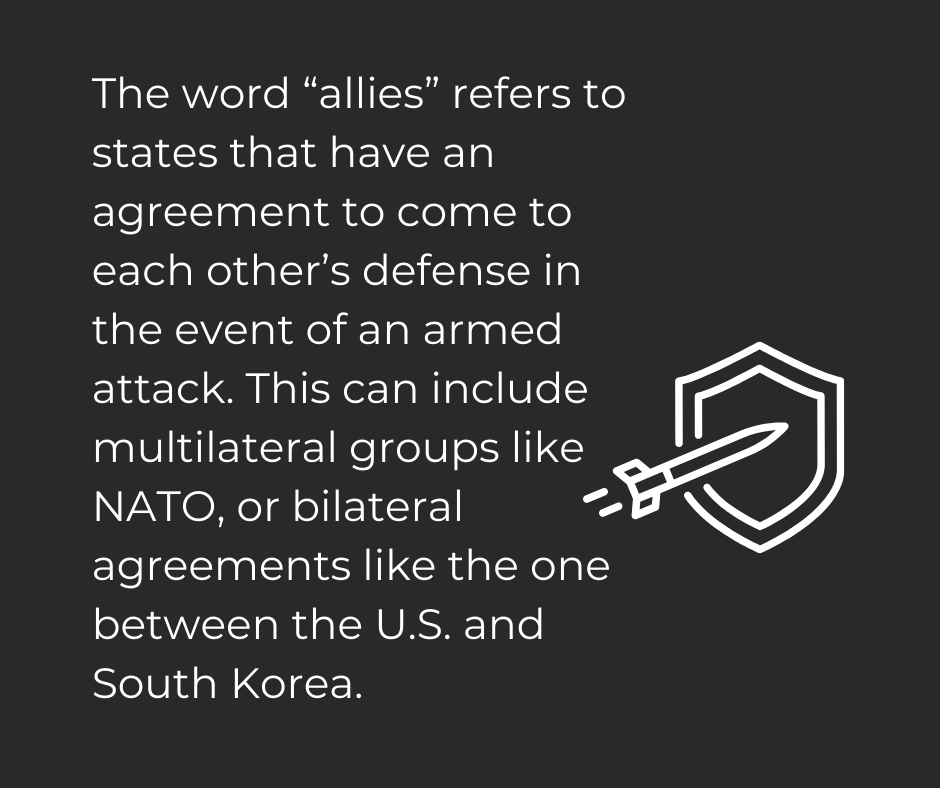
2. Establishing rules of behavior.
Foreign policy also plays a critical role in establishing the ground rules for how we think states should behave. Sometimes these rules are explicitly laid out in written agreements between states, and sometimes they are established through widespread practice (look out for an explainer on customary international law at some point in the future). Rules of behavior can include things like notifying the consulate of a tourist’s home country if they are arrested overseas so that they can receive assistance; letting foreign vessels pass through a state’s territorial sea consistent with the concept of innocent passage; or providing immunity from prosecution in foreign courts for sitting heads of state.
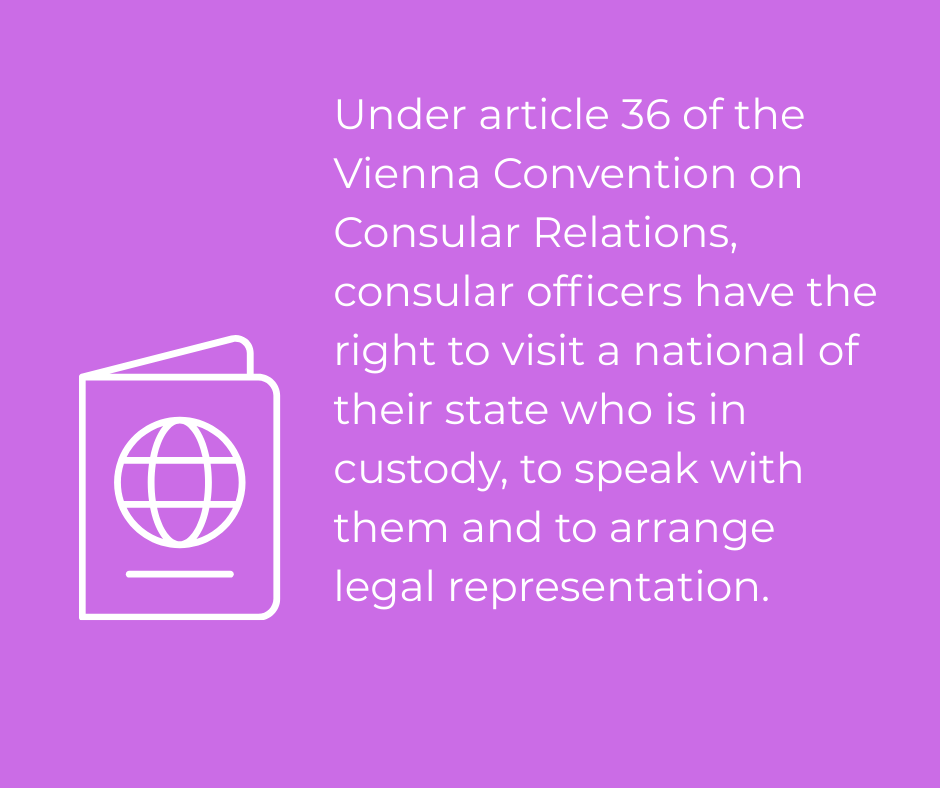
3. Promoting economic growth and negotiating over resources.
Economic cooperation and negotiation over the allocation of resources is another key facet of foreign policy, and can include things like agreements to lower trade barriers, or using foreign assistance to fund programs supporting female entrepreneurs in other countries. It also encompasses negotiations over things like fishing rights, oil and gas pipelines, and water, particularly where those resources span one or more borders. International cooperation can be critical when it comes to migratory species, such as tuna that move throughout the high seas, or birds that fly between the U.S., Canada, and Mexico every year.
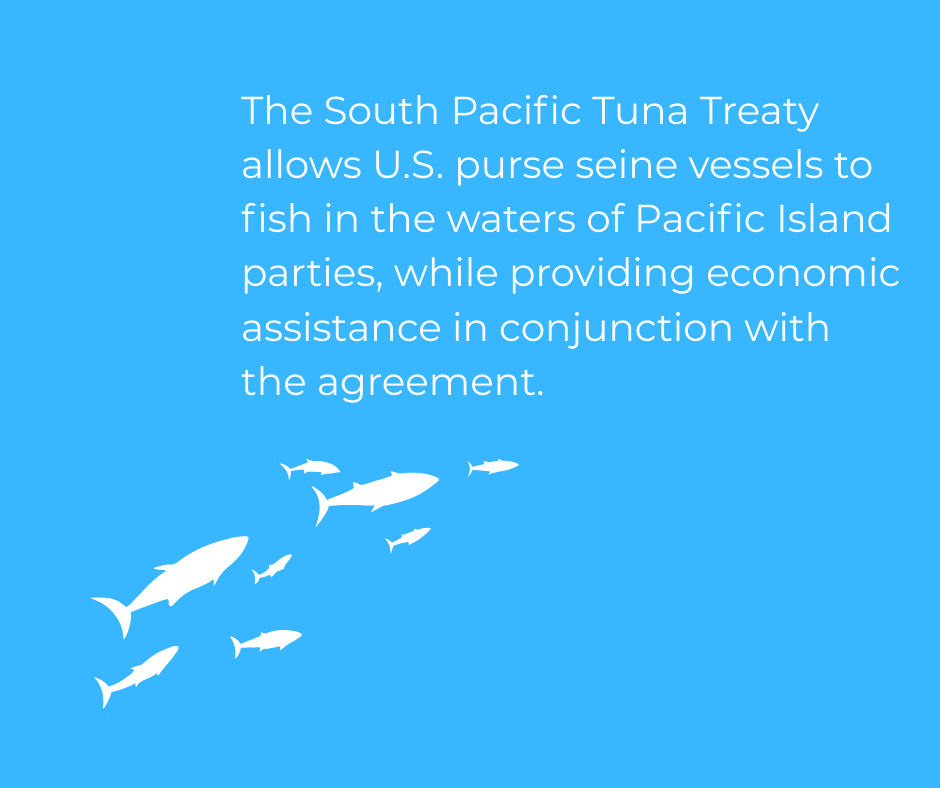
4. Responding to problems that require group action.
This category includes things like combating climate change; responding to pandemics and global health crises; or working together to counter transnational criminal activity such as piracy, drug trafficking, or terrorism. These efforts target concerns that one or even a handful of countries can’t address on their own—areas where a much larger scale of cooperation is needed in order to be effective.
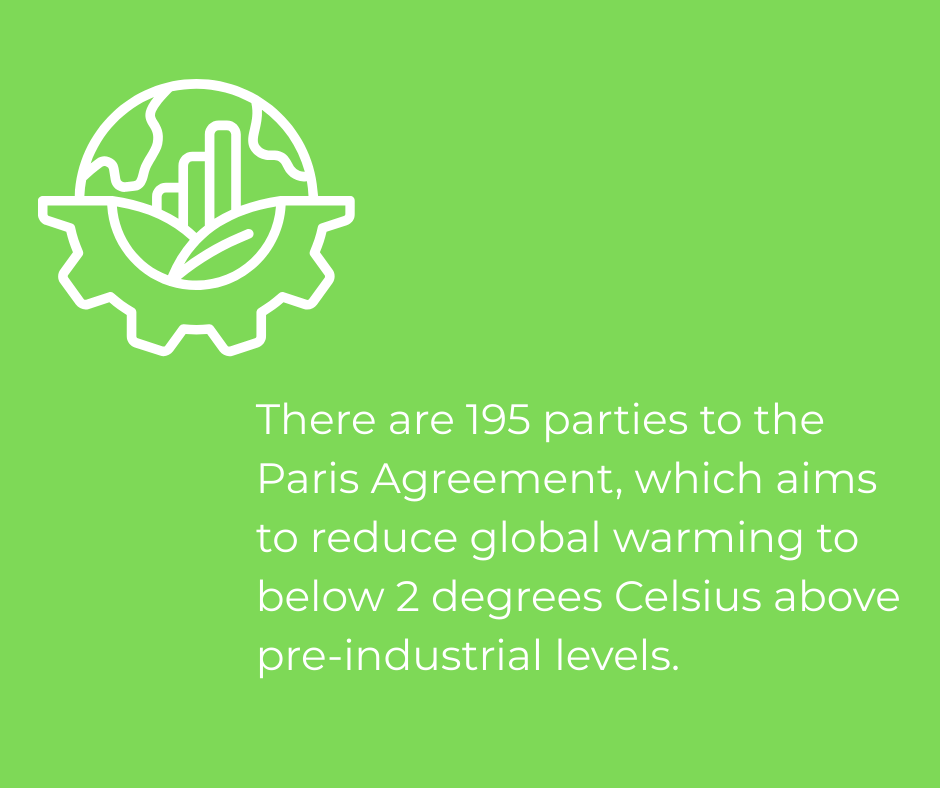
5. Reminding each other of our common humanity and sharing cultural values.
The term "soft power" was first used by Harvard professor Joseph Nye in the 1980s, to describe the ability of states to influence and persuade other states by showcasing their culture and values. Historically, the U.S. has relied on cultural exchange programs like the Fulbright Program and the Peace Corps to promote good will; on a global level, sporting events like the Olympics and the World Cup try to strike a balance between stoking national pride and emphasizing our common humanity. Soft power also extends to music and the arts, including cinema, television, and even content shared by online influencers.
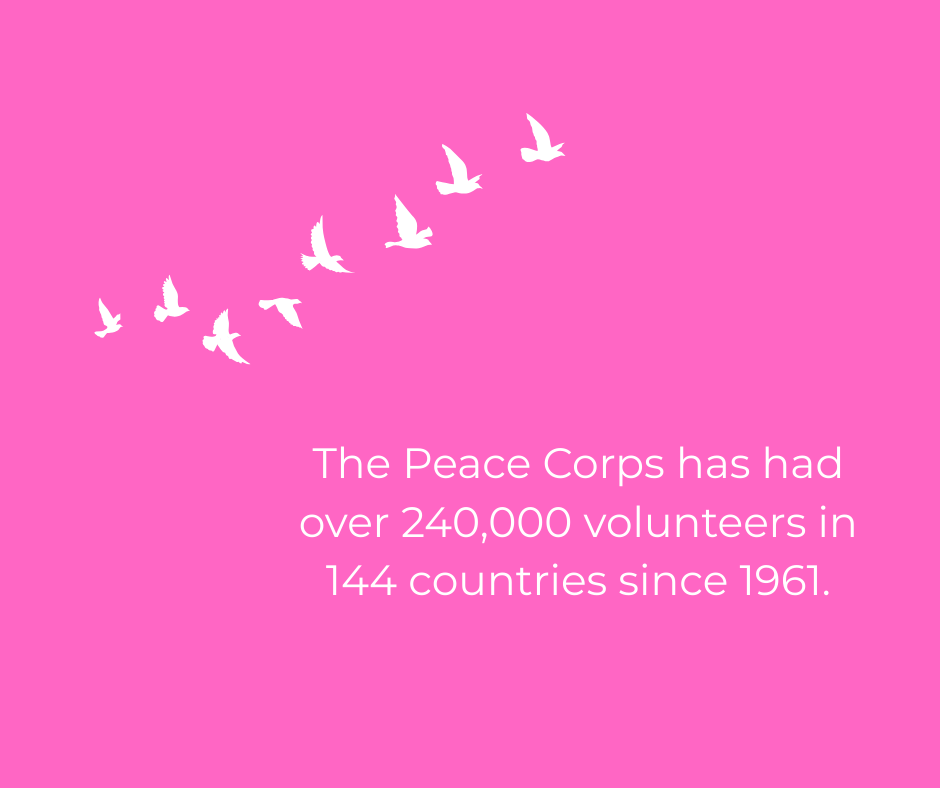
Explicit in the term “foreign policy” is the concept of something that is foreign—the idea that there is an us and a not-us; an ours and a not-ours. But the examples above also show that this distinction can be malleable: “us” might mean a single state, when that state adopts more restrictive trade policies at the expense of its trading partners, or when it implements more stringent environmental protections than its neighbors. But “us” can also mean a group of states with a mutual defense treaty, members of an international organization adopting policies to combat human trafficking, or two states that sign a treaty to share the body of water that spans their border. The fluidity of the boundary between us and not-us—when we accept it, when we reject it, and how and why we move back and forth between the two—is in many respects a question at the heart of foreign policy, and of this newsletter. What world are we enacting? What world do we want?
And what definition of the word “us” might get us there?
Thank you for joining me today—I’ll see you back here soon!
ICYMI
- The subscriber sneak peek that went out last week included an explainer on the situation off the coast of Venezuela. I posted a short video update on social media last week, and another is likely to come soon in light of recent developments. Follow The Connection on your platform of choice for more bonus content!
- Interested in contributing a guest post? Get in touch and we can chat!
- The first weekly edition of The Brief went out Tuesday, and covered the U.S. announcement that it would not participate in the Human Rights Council’s Universal Periodic Review Process. Want to learn more? Upgrading to become a paid supporter will give you access to our archive of posts, including all prior paid content.
- If you’re a free subscriber who’s interested in paid content, but have been affected by RIFs, forced resignations, or other aspects of the financial instability so many of us are facing right now, please reach out about receiving a complimentary subscription.
You can follow The Connection on Bluesky, Facebook, Instagram, and LinkedIn.
